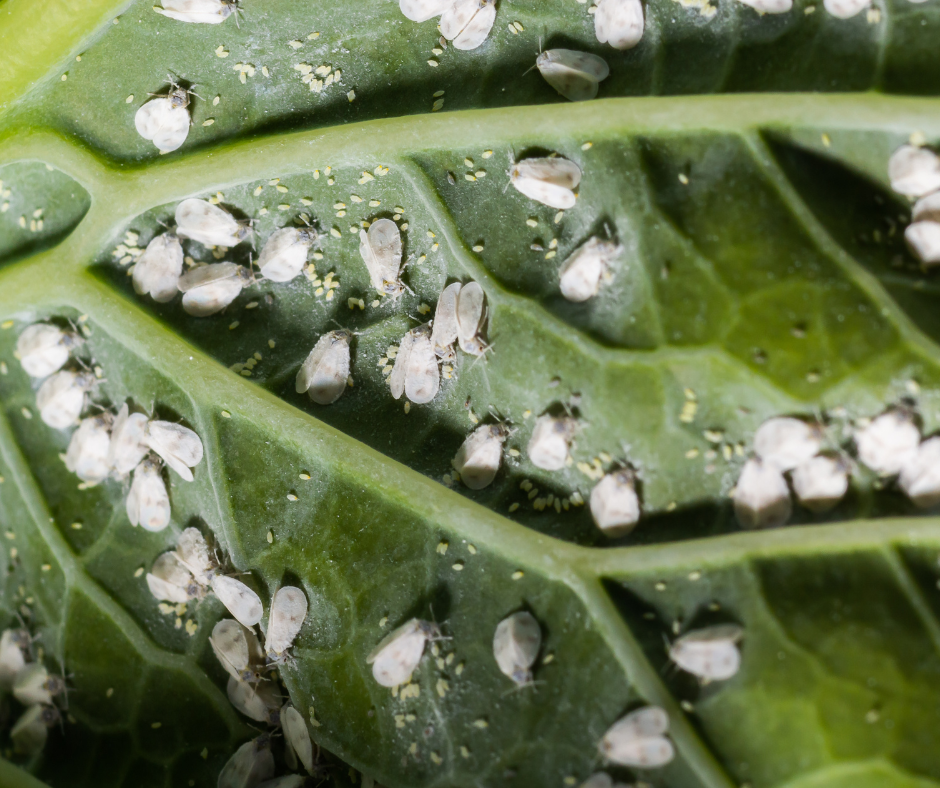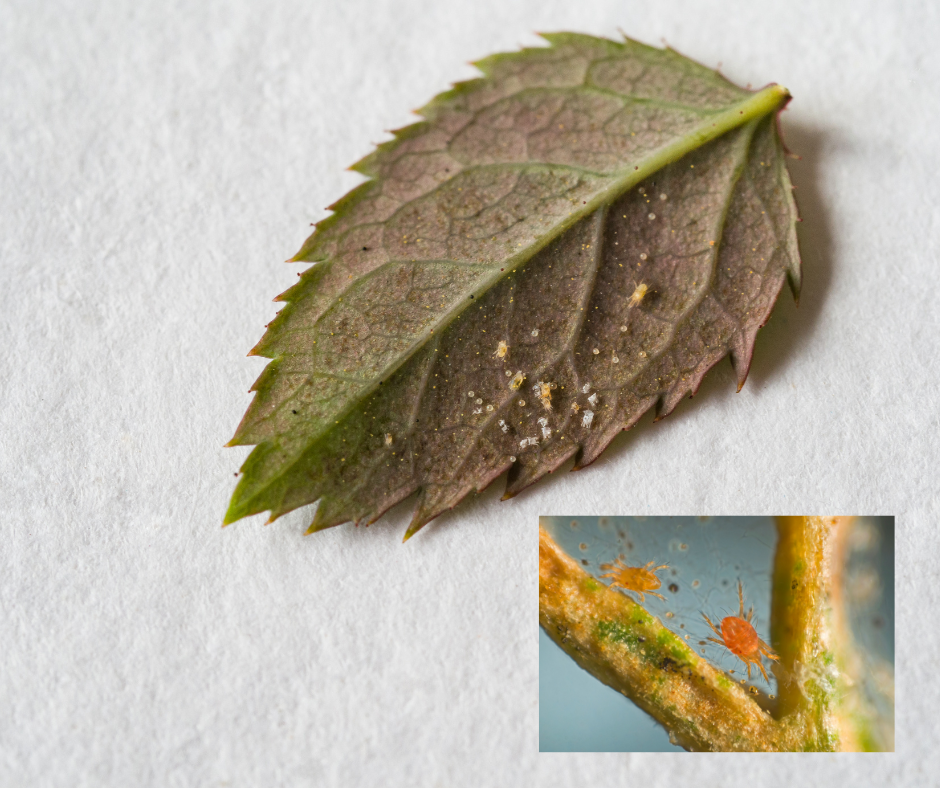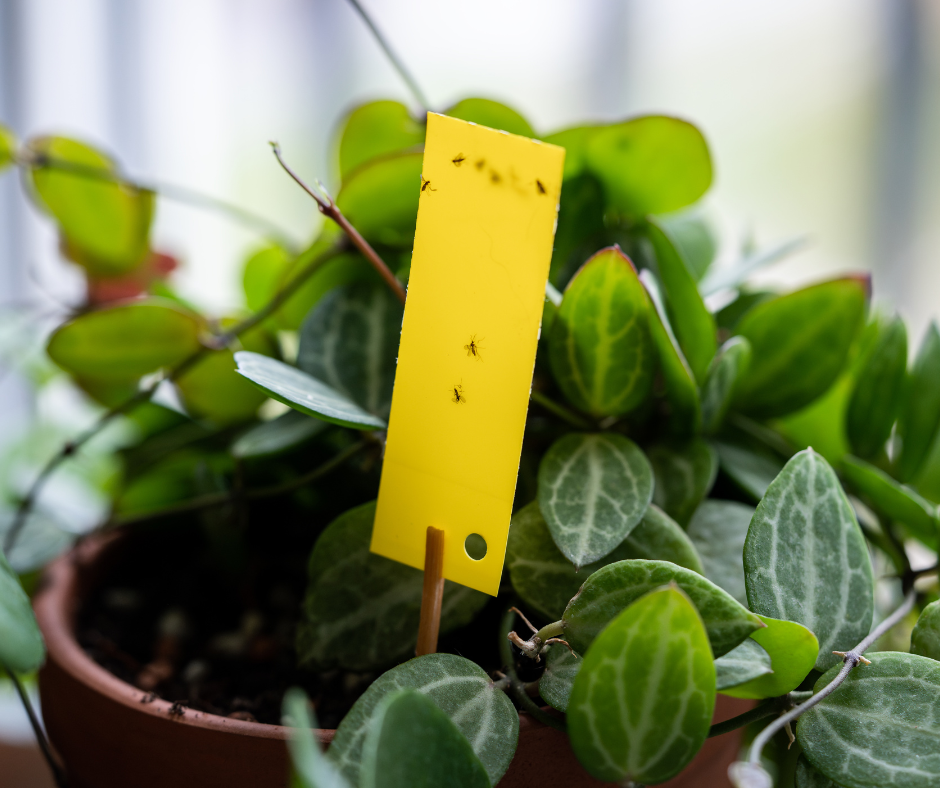Houseplants bring a touch of nature indoors, enhancing the aesthetic appeal of our living spaces. However, with the beauty they bring, houseplants can also attract unwanted guests—pests. Common houseplant pests can range from tiny insects to fungi and can wreak havoc on your indoor greenery if left unchecked. In this guide, we’ll explore some of the most prevalent pests that affect houseplants and discuss effective methods to get rid of them.
- Spider Mites: Spider mites are tiny arachnids that suck the sap from plant leaves, causing stippling and discoloration. Control: Introduce predatory mites, regularly spray plants with water to create a less favorable environment, and use insecticidal soap or horticultural oil.
- Aphids: Aphids are small, soft-bodied insects that cluster on new growth, feeding on plant juices and excreting a sticky substance known as honeydew. Control: Remove aphids by hand, spray plants with a strong stream of water, and introduce natural predators like ladybugs or lacewings. Neem oil, horticultural oil and insecticidal soap can also be effective.
- Scale Insects: Scale insects appear as small, raised bumps on stems and leaves, feeding on plant sap and causing yellowing and wilting. Control: Remove scales manually, wipe affected areas with a soapy solution, and apply neem oil or horticultural oil for effective control.
- Whiteflies: Whiteflies are tiny, white insects that congregate on the undersides of leaves, causing yellowing and weakening of plants. Control: Use yellow sticky traps, release natural predators like parasitic wasps, and spray plants with insecticidal soap, neem oil, or horticultural oil.
- Fungus Gnats: Fungus gnats are small, flying insects that hover around the soil. Their larvae feed on organic matter and plant roots. Control: Allow the soil to dry out between waterings, use yellow sticky traps, and apply beneficial nematodes to target larvae.
- Mealybugs: Mealybugs are small, cotton-like insects that cluster on leaves and stems, feeding on plant sap. Control: Remove mealybugs manually, dab affected areas with a cotton swab dipped in rubbing alcohol, and introduce natural predators like ladybugs. Neem oil or horticultural oil can also be effective.
- Thrips: Thrips are tiny, slender insects that feed on plant tissues, causing stippling and distortion of leaves. Control: Prune affected plant parts, use reflective mulch to deter thrips, and apply insecticidal soap or neem oil.
Regular inspection and prompt action are essential to maintaining healthy houseplants. By identifying common pests and employing appropriate control measures, you can ensure that your indoor garden thrives, free from the damaging effects of unwanted visitors. Remember to strike a balance, opting for environmentally friendly solutions whenever possible, to create a harmonious and pest-free indoor oasis.





